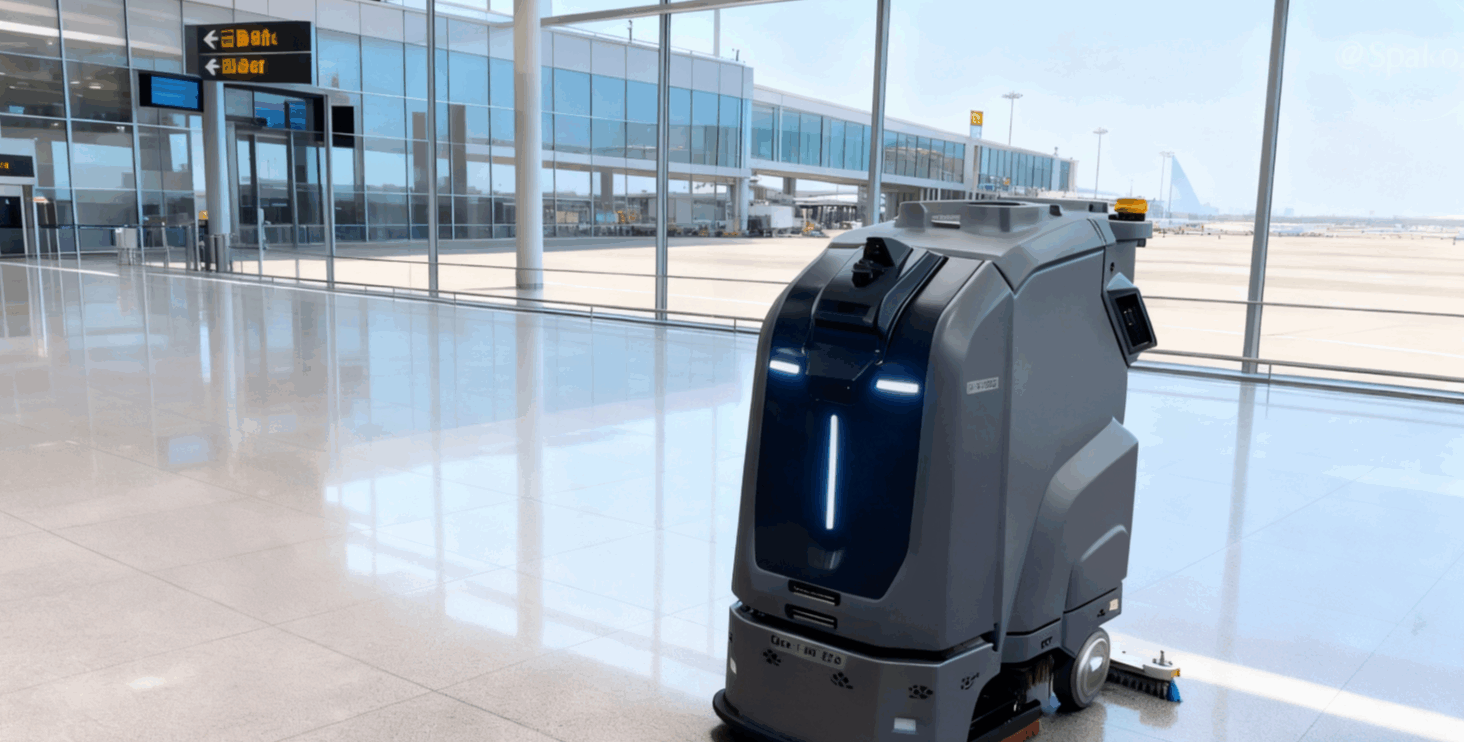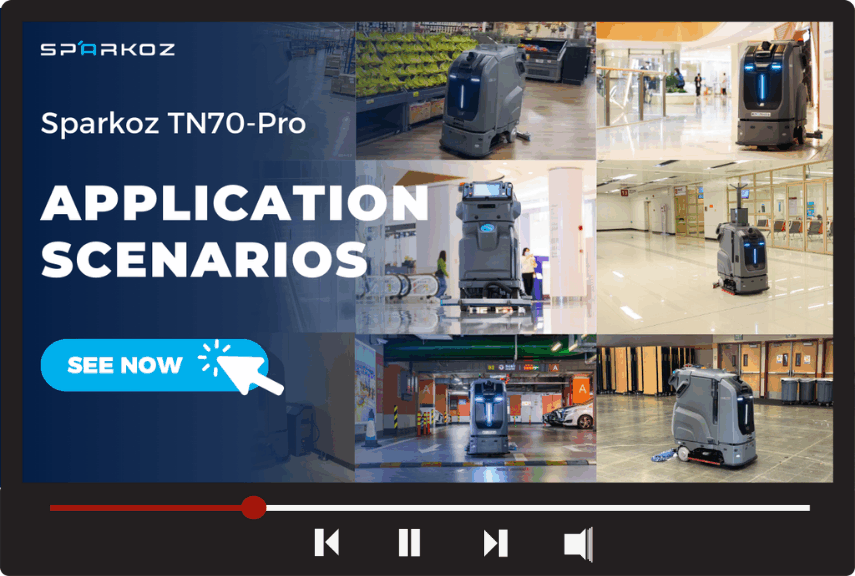
For facility managers, the budget is a constant balancing act. Operational expenses, particularly for cleaning and maintenance, represent one of the largest and most persistent costs. Traditional cleaning models rely heavily on manual labor, which comes with escalating wages, high turnover rates, and significant overhead for insurance and training. In this challenging economic landscape, businesses are actively seeking smarter, more sustainable solutions. The answer is arriving in the form of commercial cleaning robots, a powerful tool for cost-effective automation that directly cuts operational expenses while elevating hygiene standards.
These intelligent machines are not just about advanced technology; they are a strategic investment designed to deliver a clear and measurable return. By automating the most time-consuming aspects of floor care, they address the core drivers of high cleaning costs and unlock new levels of efficiency.
The True Cost of Manual Facility Maintenance
To understand the financial impact of automation, we must first look at the real costs of the status quo. The expenses of manual cleaning go far beyond hourly wages:
● Labor and Overhead: This includes not only salaries but also benefits, payroll taxes, workers' compensation insurance, and the administrative burden of managing a large cleaning crew.
● High Turnover and Training: The cleaning industry notoriously faces high staff turnover, leading to continuous costs associated with recruiting, hiring, and training new employees.
● Inefficiency and Inconsistency: Manual cleaning can lead to inconsistent results. Areas may be missed, or resources like water and cleaning solutions can be overused, leading to waste.
● Safety and Liability: Wet floors are a primary cause of slip-and-fall incidents, which can result in costly insurance claims and legal liabilities.
These factors combine to create a significant and often unpredictable operational expense.
How Commercial Cleaning Robots Reduce Operational Costs
A commercial cleaning robot tackles these challenges head-on. By integrating one into your workflow, you can reduce cleaning operational costs in several key areas.
1. Strategic Labor Optimization
The most significant saving comes from optimizing your human workforce. A robot can handle the strenuous, repetitive task of scrubbing thousands of square feet of flooring, a job that would otherwise take a team of employees hours to complete. This doesn't necessarily mean reducing headcount; it means redirecting it.
With a robot managing the floors, your cleaning staff is free to focus on high-impact, detail-oriented tasks that require a human touch:
● Disinfecting high-touch surfaces (doorknobs, elevators, restrooms).
● Performing detailed cleaning in complex areas.
● Managing waste and restocking supplies.
This transforms your cleaning team into a more specialized, efficient force, maximizing the value of every labor hour.
2. Lower Consumption of Resources
Wasteful use of water and cleaning chemicals eats into the budget. Advanced commercial cleaning robots, like the Sparkoz TN70, are engineered for efficiency. They feature multiple cleaning modes, including an "ECO" setting that precisely dispenses the optimal amount of water and solution needed for the job. This data-driven approach prevents overuse, leading to direct savings on consumables and a more environmentally friendly operation.
3. Increased Uptime and Predictable Maintenance
Automated systems operate on a predictable schedule with consistent performance. This reliability reduces the wear and tear on your facility's flooring surfaces that can result from improper manual techniques. Furthermore, the robots' data-based management systems, accessible via the cloud, can provide insights into machine health, enabling proactive maintenance that prevents costly downtime. This is a cornerstone of cost-effective facility management.
Check the video about how TN70-Pro application scenarios demonstrate its performance across various industries, including airports, warehouses, and hospitals.

Calculating the ROI of Automated Cleaning
The financial benefits are not just theoretical; they are quantifiable. Calculating the ROI of automated cleaning provides a clear picture of the investment's value. A simple framework looks like this:
Annual Savings = (Reduced Labor Costs) + (Savings on Consumables) + (Reduced Liability/Insurance Costs)
ROI = (Annual Savings / Cost of Robot) x 100%
When you analyze the hours of manual labor saved per day, the reduction in chemical and water usage, and the mitigation of safety risks, the payback period for a commercial cleaning robot is often much shorter than anticipated. For businesses looking for financial flexibility, options such as leasing can make this technology accessible with no upfront capital expenditure, generating positive cash flow from the very first month. Exploring a partnership can reveal the best financial model for your organization.
A Strategic Investment in Efficiency
Ultimately, adopting automated cleaning solutions is a strategic financial decision. It's an investment in a system that works tirelessly, performs consistently, and provides the data to prove its value. By significantly cutting the operational expenses tied to labor, resources, and risk, commercial cleaning robots offer a clear path to a leaner, more efficient, and more profitable facility management model. They are the key to unlocking a higher standard of cleanliness that is both exceptional and economically sustainable.
Discover how Sparkoz's intelligent cleaning solutions can help you reduce costs and improve performance.